Awesome idea, but suffers from a few quirks that could be show-stoppers.
Asus are no stranger to innovation; the Transformer line of Android tablets were pretty much the only unique and interesting thing happening in Android tablets for a long time. The original eeePad Transformer pioneered Asus’ now standard one-device-fits-all mantra, by pairing a tablet PC with a detachable keyboard dock to become a fully-featured Android netbook.
With the PadFone, Asus have incorporated a mobile phone into the mix in an attempt to break into the highly competitive mobile phone industry. The phone has a 4.3″, 540 x 960 AMOLED display, 1.5 GHZ dual-core Snapdragon S4 Plus processor with an Adreno 255 GPU, 8 megapixel camera and 16 GB internal storage (with microSD card slot). The body of the device is primarily plastic, but with an aluminium frame that gives it a premium look and feel. The PadFone Station (tablet dock) has a 10.1″ 1280×800 IPS LCD display, which is quite low compared to the likes of the Nexus 10, but I found the display to be very clear and bright; great for reading, internetting, playing games or watching video.
Asus also sell a keyboard dock for the PadFone, which contains USB ports, an SD card reader, full QWERTY keyboard, trackpad and another battery, which they claim extends the battery life of the device nine times.
The PadFone is Asus’ first mobile phone, which makes what they’ve done with it all the more impressive. Through the use of various dock attachments, the PadFone can transform from a mobile phone into a tablet computer, and again into a netbook. When I first heard of the PadFone, my first thought was ‘that is a really cool idea’, followed closely by doubts about how practical it would be in real life. After a couple of weeks with the device, my feeling is that the PadFone is an awesome concept, and is a pretty good phone/tablet, but that there are too many small issues that, for me, are kind of show stoppers.
Build quality
I really liked the build of the PadFone. When I first started using it, the phone seemed so light that I was concerned that it would fly out of my hand and break, but as I got used to it, this concern faded and I realised how nice it was to have a light phone. The aluminium frame gives the phone a solid feel, and the fact that it tapers towards the bottom of the phone makes the PadFone seem even thinner than it actually is. The concentric circles on the back of the phone, which are centred around the camera, look pretty cool but also help to add grip to the back of the phone so you can hold onto it easier.
The PadFone Station is a somewhat hefty beast, which isn’t that much of a surprise considering that it’s pretty much all screen and battery, but the weight is definitely not uncomfortable and I think the extra battery is a fair trade off. The phone slides into the dock easily, and is ejected by pushing the docking port cover upwards.
The one niggle I had with the build of the PadFone Station was that the phone docking bay cover protruded slightly from the body, and so if placed on a flat surface, the tablet sat unevenly and wobbles around when you touch it.
Performance
The PadFone is powered by the Qualcomm Snapdragon S4 Plus system-on-a-chip, with a dual core CPU clocked at 1.5GHz and an Adreno 255 GPU. If these specs seem familiar, it’s because the S4 Plus is the system of a chip that powers so many of today’s phones, such as the HTC One XL, the Motorola RAZR HD and M, and the Nokia Lumia 920.
The PadFone as a tablet
Asus’ experience at building tablets really shows when using the PadFone as a tablet. It has a solid feel, the 1280×800 IPS LCD display is bright and clear, the battery life was excellent (I would usually get two day’s use out of a single charge) and the tablet was crazy fast.
The system handled the transition between phone and tablet mode fairly well most of the time. Applications rescaled easily when the phone was placed in or removed from the docking station, although some third party applications were closed and had to be re-opened. Asus’ customised launcher actually had distinct home screen setups for each mode so you have a completely separate home screen setup depending on whether you’re using the device as a tablet or as a phone.
Unfortunately, custom launchers did not handle the different modes quite as well – Nova Launcher and Apex Launcher both simply scaled your homescreen up or down for the screen size, without adding or removing rows or columns, so you would end up with a mess of either too many or too few icons or widgets on the screen.
(Mostly) stock Android
Unlike HTC or Samsung, Asus’ ‘enhancements’ to Ice Cream Sandwich are fairly minimal. The two most noticeable changes are the addition of the quick-settings menu in the notification shade, and Asus’ own gesture-enabled keyboard. I liked the quick settings; I did not like the keyboard. The keyboard has some awesome features, like gesture typing and a dedicated number row, but it also has many odd quirks that made it, at least for me, unusable. Gesture typing is only enabled in some text boxes, and the ones that will allow gesture input are seemingly decided at random; the context-aware comma/full-stop key’s long-press options only show up sometimes; the autocorrect is nonsense; and the tablet keyboard is a catastrophe. Rather than have the keyboard adapt awesomely to the larger screen size of the PadFone Station by adding additional keys, or by rearranging existing keys to be better suited for tablet input, Asus simply decided to blow up the phone keyboard to tablet size, and for fun decided to completely disable gesture typing completely.
The awesome thing about Asus’ customisations though is that almost all of them can be disabled. The Asus keyboard is enabled by default, but the PadFone also ships with the stock ICS keyboard. The quick settings menu can be disabled through the ‘Asus Customised Settings’ option in the menu, and you can easily replace Asus’ launcher with one of your own choosing (although note my point from above). Other than these few modifications, Asus left most of the rest of the ICS UI alone, and that is something for which I am truly thankful.
Although they haven’t made many modifications to the UI, Asus have bundled a mountain of applications with the PadFone:
- Fun centre looks like it was intended to be a content portal, with games, applications, books, magazines and music available for download, but actually it seems to be largely dominated by EA’s expensive wares.
- App Backup is actually pretty neat — it lets you make backups of your applications and data and save them to the PadFone’s SD card without rooting the device.
- App Locker allows you to password-protect applications.
- Blocked List lets you block calls and messages from certain contacts.
- MyCloud is Asus’ own branded cloud storage solution, providing three portals — MyContent, a portal for music, videos and documents; MyDesktop, a remote desktop service that works with Windows and Macintosh PCs; and Vibe, which gives you access to internet radio, music and video.
- MyLibrary lets you view documents such as PDFs that are stored on the PadFone.
- MyNet is a DLNA server and client.
- PressReader gives you access to over 2000 full-content newspapers and magazines from 95 countries. It automatically provides you with local content, but unfortunately a lot of the content is region-locked (even local content such as The Age wouldn’t load for me, saying that it was unable to be downloaded or read from my current location).
- Watch Calendar is a calendar that only shows events scheduled at the current time of the day. Excellent! Why didn’t they invent this sooner? Oh, wait…
Stylus Bluetooth Headset
Before I had actually received the PadFone, I made up a list of things I wanted to know about the device, and one item on the list was how phone calls would work in tablet mode. As it turns out, there are two ways you can make and receive calls when the PadFone is docked into the Station. The first is simply to just put the device on loudspeaker. The loudspeaker quality was surprisingly good, and the person on the other end of the call couldn’t hear any echo. The second involves using a Bluetooth stylus that comes with the PadFone, which has an inbuilt speaker and microphone. If you’ve ever wanted to have a pen phone, then the PadFone is definitely the device for you. It is a super cool (and kind of lame) way to make calls without having to either hold a 10-inch tablet to your face or share your conversation with the world.
The stylus itself worked ok. It was a simple capacitive stylus, so don’t be expecting to be creating artistic masterpieces on it, but it’s pretty good if you don’t want to get fingerprint smudges on the screen. I personally think Asus missed an opportunity here to include handwriting recognition using the stylus — even Palm Graffiti-style recognition would have been pretty awesome to use on the device, especially since the stylus is bundled with the device anyway. Fortunately, you can download Graffiti for Android from the Play Store, and while I didn’t have a chance to test it out myself, it does look promising.
Price
The PadFone sells at MobiCity for $659, and the PadFone 2 looks to be hitting a similar price point. At first, this seems pretty expensive, but considering that the cost of a Nexus 4 + Nexus 10 — a combination that Daniel has — is about $800 (even though they are quite cheap devices), it actually seems pretty reasonable.
It’s probably worth noting at this point that Asus have recently released the PadFone 2, which addresses many of the things I didn’t like about the original PadFone. Accordingly, where the PadFone 2 improves on something from the original device, I have noted it below.
Battery life
The PadFone’s main battery holds a 1520mAh of charge (compared with 2140mAh in the PadFone 2), which consistently failed to get me through the day. I’m not a heavy phone user – I make and receive maybe 1-2 hours of calls on a good day, and the majority of my email and social networking is done on my PC or Nexus 7. The main use my phone gets is playing music and reading the news on the morning train.
I tried to use the PadFone as I would my own phone to gauge battery consumption, and I found that the battery was usually down to less than 30% charge by about 2pm, meaning that I’d have to plug it in if I wanted to make it home.
Of course, on a regular day I’d also be carrying the PadFone Station, which negates my complaint about the phone’s battery life, because its 6600mAh battery will charge the Padfone’s primary battery while it’s plugged in. If I’m going out after work though, I don’t necessarily want to carry around a 10-inch tablet (especially since I have a tendency to lose expensive electronic devices), so there were definitely days where I was having to switch off data and not use the phone except when necessary otherwise I’d be scrambling around trying to find a charger all night.
No community support
Whenever I buy a phone, the first thing I do is flash a custom ROM. Unfortunately, this is not possible with the PadFone. There is virtually no developer presence for the PadFone – there are no custom recoveries, no CyanogenMod, no kangs, no cooked stock ROMS, and there isn’t even a PadFone forum at XDA-developers. There is a method for obtaining root access, but without any custom software to flash, the appeal is quite limited. Community support is a huge factor in deciding whether to buy a phone for me and if you’re similarly-minded, then the PadFone is not the device for you.
That said, the PadFone 2 might prove to be more popular than its predecessor, already having received very good reviews so far. Paul O’Brien of MoDaCo has already played with with the device and thought quite highly of it, so there is a chance that we might see Paul’s popular MCR ROM available for the PadFone 2 come release time.
Yesterday’s Android – Ice Cream Sandwich
Ice Cream Sandwich was a solid release, and a marked improvement over previous versions of Android, but Jelly Bean just has that bit of extra pizazz and polish, and once you’ve used a device with its excellent rich notifications, there just is no going back.
It does not seem likely now that Asus are going to update the original PadFone’s software to Jelly Bean, but the PadFone 2 has already received Android 4.1, the update having been rolled out towards the end of 2012.
Camera
I’ll just say it straight up – the camera on the PadFone is terrible. Even in bright sunlight, images were grainy and blurry, which was a huge disappointment to me. Apparently the camera on the PadFone 2 is much better, and as a bonus, Asus have upped the megapixel count to 12. To the right, you’ll see a comparison between some photos taken with the PadFone and the Nexus S.
Gallery
Asus PadFone
- Android 4.0.3
- Qualcomm Snapdragon S4 Plus:
- Dual core CPU
- Quad-core Adreno 255 GPU
- 16 GB internal storage with microSD expansion slot
- Display:
- Phone: 4.3″ 540×960 PenTile AMOLED
- Tablet: 10.1″ 1280×800 IPS LCD
- Battery:
- Phone: 1520mAh
- PadFone Station: 6600mAh
- Station Dock: 6600mAh
Would I buy the PadFone? As much as I like the idea, probably not, for these reasons:
- Ice Cream Sandwich was a huge step forward from previous versions of Android, but there are too many awesome features in Jelly Bean to walk away from.
- The lack of custom ROMs is a deal-breaker for me.
- The camera and battery life were wholly unsatisfactory.
That being said, I loved the idea of the PadFone. Props to Asus for creating such an innovative and awesome product, and it is so very fantastic to have only one device that is both phone and tablet. You only need one data plan, you can make calls and text on the tablet PC, you don’t have to worry about trying to sync game saves if you want to switch between your phone and tablet, and you don’t need to manage videos and music across multiple devices.
As much as I wanted to love the PadFone, I couldn’t, but if its younger brother lives up to its potential, with its quad-core Snapdragon S4 Pro system-on-a-chip and its 1280×768 4.7″ IPS LCD display, it would be a fairly strong contender for my next device.
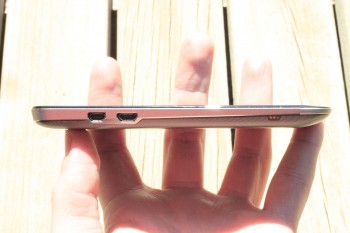
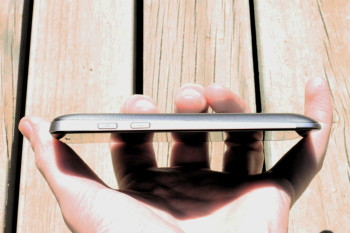

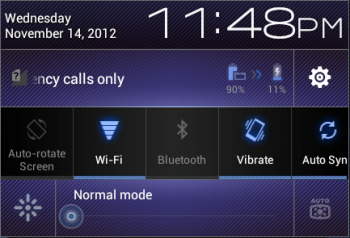
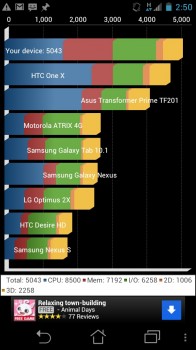
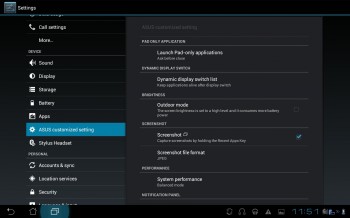
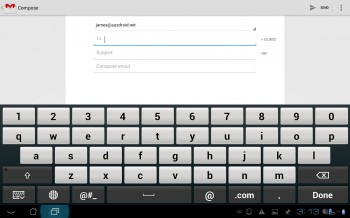





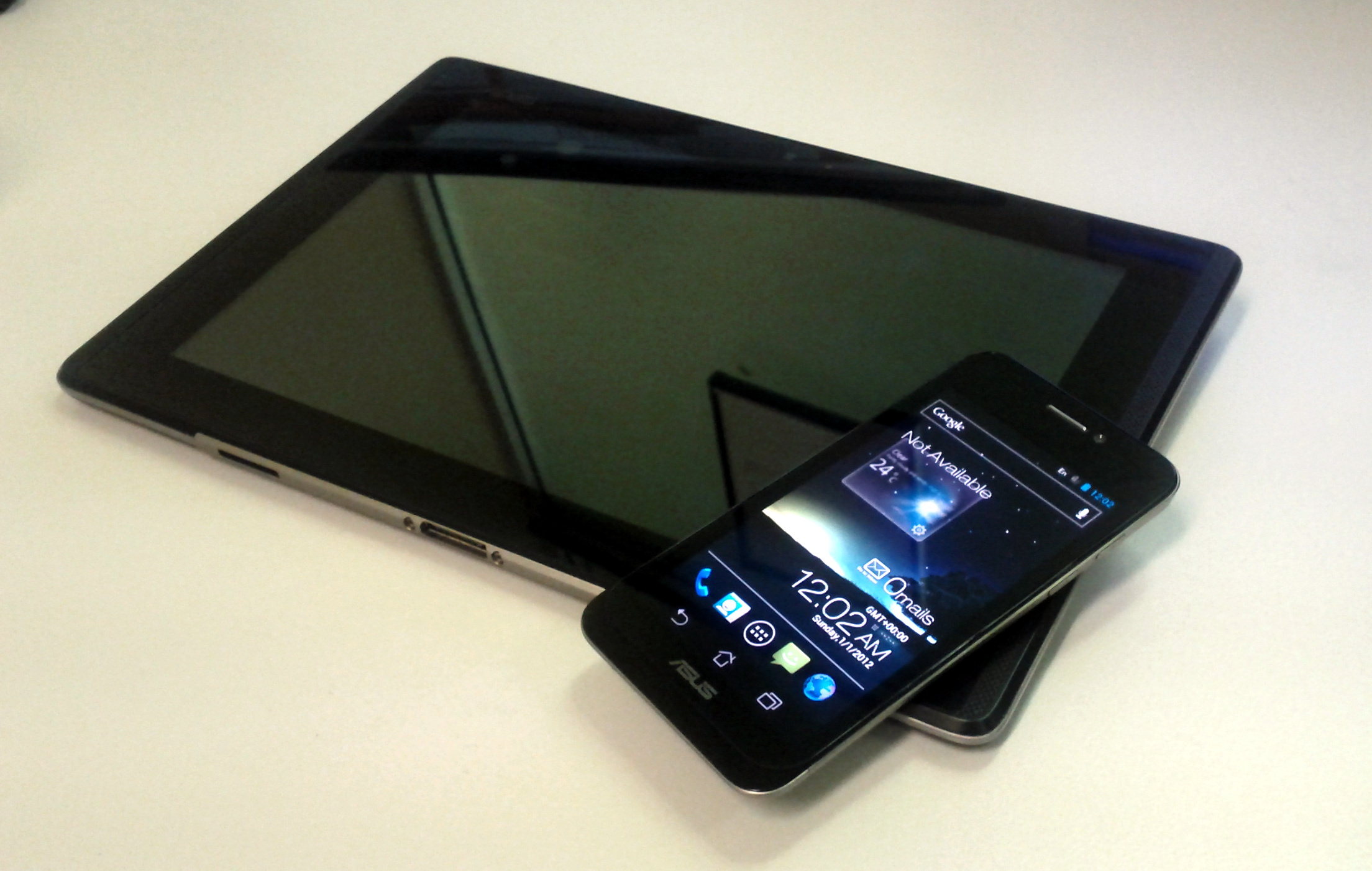






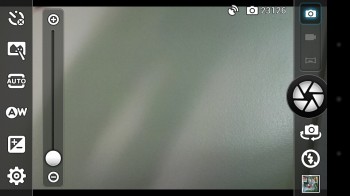



So from which garage sale did u buy this to review
Strike whilst the iron is hot, not once the horse has bolted
Sweet, could you do a review of the Galaxy S II next?
Ok now do the PadFone2 please 🙂
Confused. Why review pp 1 when 2 is available. N comments say 2 months ago yet posted today???
The review has been in the works for awhile, and was accidentally published in late November, hence the earlier comments. We’ve reviewed the PF1, because that’s what we had.
AH guys? The page is busted up!!
Doesn’t seem like you have a lot to say…
I think something’s gone wrong here.